I’m a big fan of Eastman Double-X; it’s a beautiful mid-speed film that offers up amazing latitude and forgiveness along with a lovely grain structure. But for the longest time, it has only been available in 135 (35mm) format because, well, that is generally what cinematographers shoot motion pictures in. Still, it has great potential in medium format. There had been an attempt to have the film produced in 120 format but never went anywhere. At least until earlier this summer, when Cinestill put out the word, they had their BwXX in 120. BwXX is Cinestill’s Eastman Double-X branding and is the same stuff you’ve seen on the silver screen. And it should come as no surprise that Cinestill pulled this off; they manage to get remjet off Eastman Vision3 films and have 500T and 50D available in both 35mm and 120 formats.
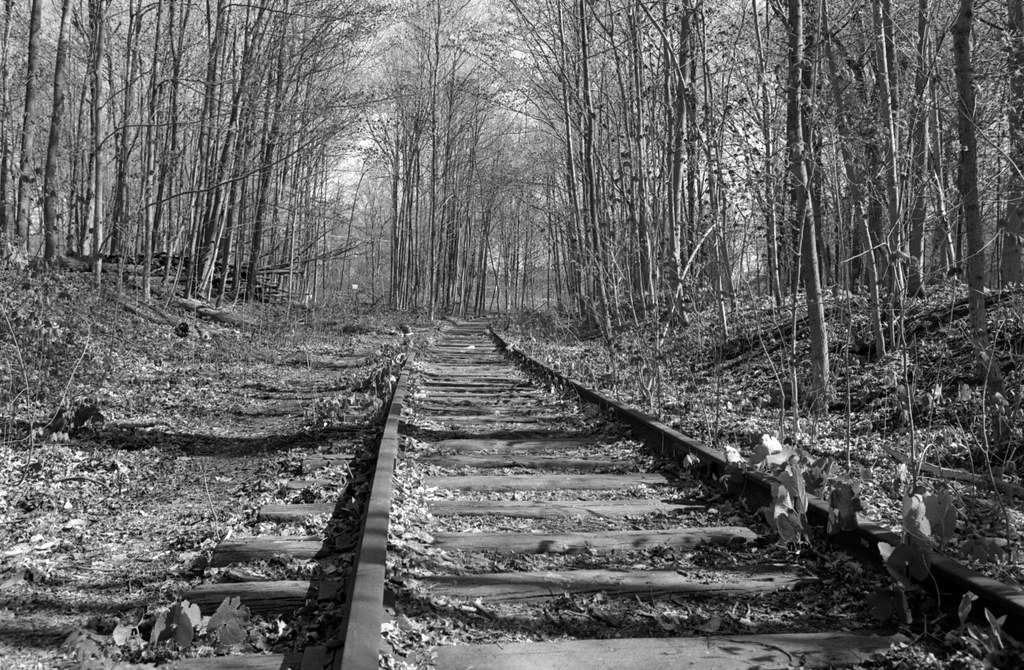
Nikon F5 – AF-S Nikkor 28-70mm 1:2.8D – Eastman Double-X 5222 @ ASA-200 – FPP D96 (Stock) 6:00 @ 20C
In the past, my experience with Double-X in 35mm is that it does like other developers with excellent results. One of my favourites being Kodak D-76, but others have gotten excellent results with Rodinal and HC-110. In fact, my first time shooting Double-X and having it developed the lab ended up going with HC-110. But I feel I didn’t start to see the true power of Double-X until I started developing the stock in Kodak D-96, the dedicated developer for Kodak Motion Picture Film. And again, it is thanks to Cinestill and the Film Photography Project that D96 arrived in my chemistry kit. And since then, I had adjusted my developing time to get the results I like; instead of 6.5 minutes, I develop for 6 minutes when shooting at ASA-200. But now that you can get Double-X in medium format, I felt that I could do more with the film and explore other developers I tended to avoid in 35mm.


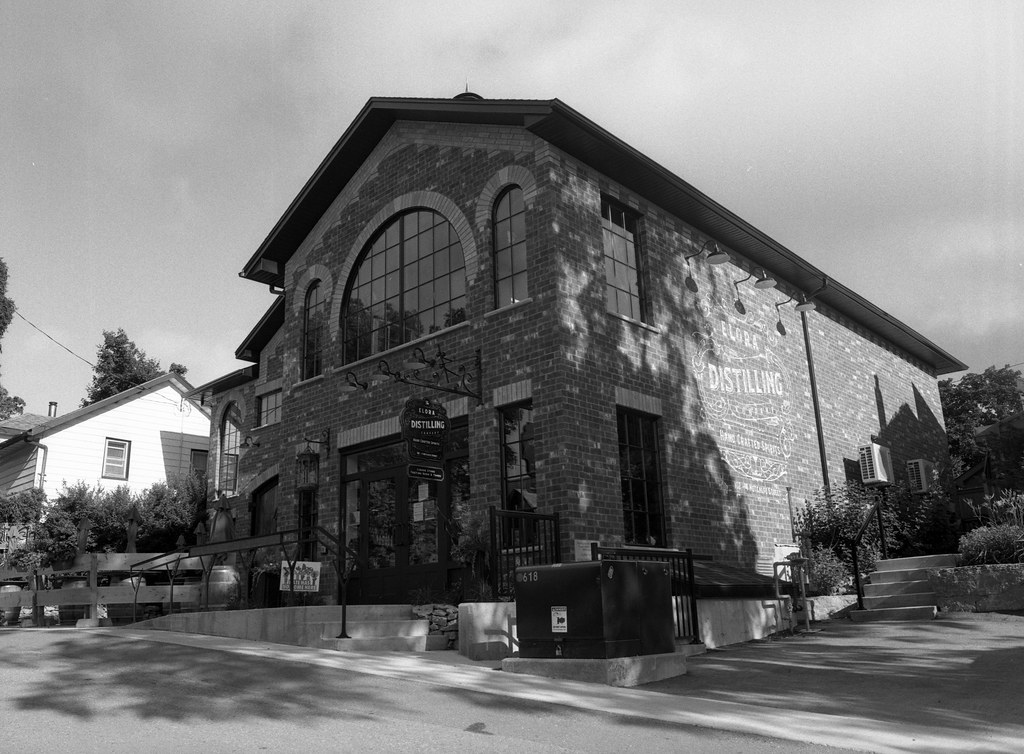

The first roll I went with was Ilford Ilfotec HC, the Ilford clone of HC-110 and always a favourite developer. Rather than go with the usual Dilution B (1+31), I doubled the time and went with my standard dilution of 1+63 or Dilution H. The results were excellent, with clean tones and a much finer grain than I was expecting. Plus a good level of sharpness. It helped that I was shooting in the early morning light and using a spot meter to get accurate readings. I think this would work well in 35mm as well, and I have a couple of rolls left to try that in the future.
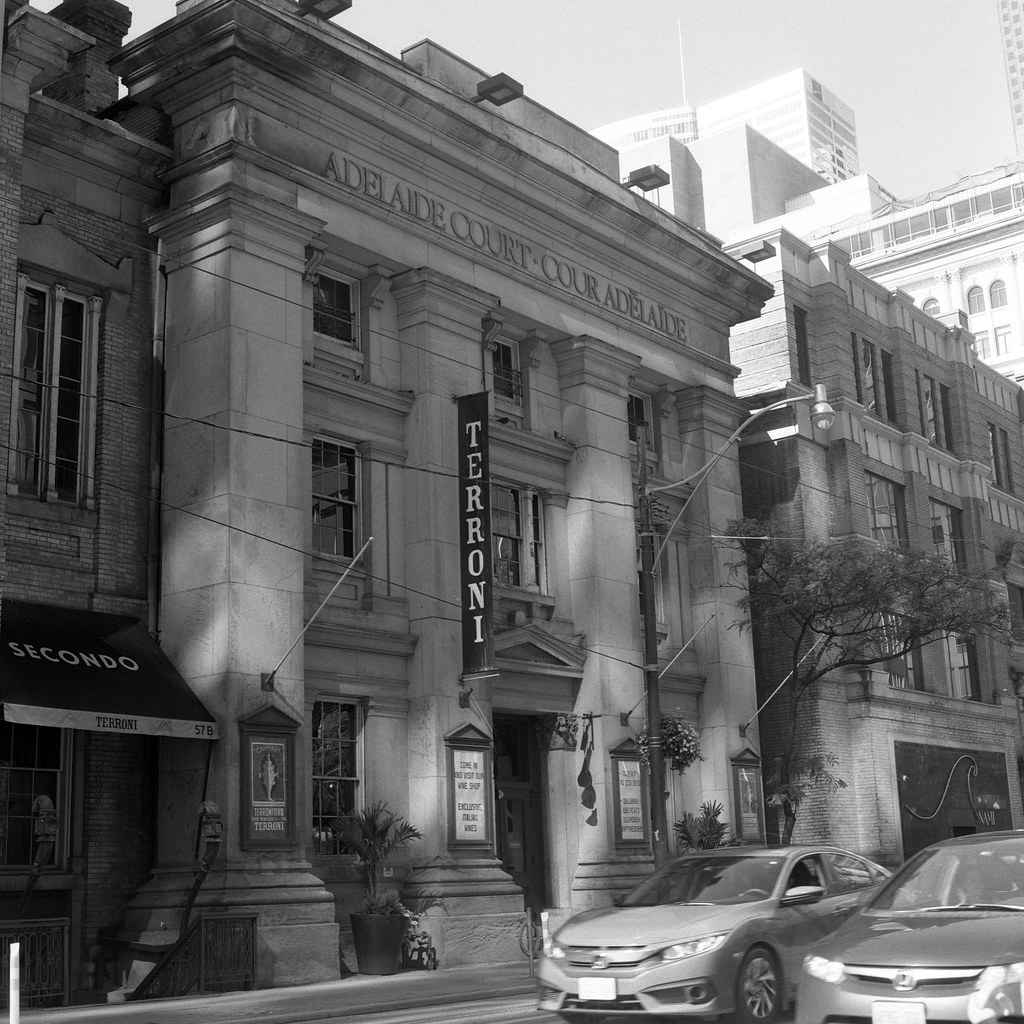

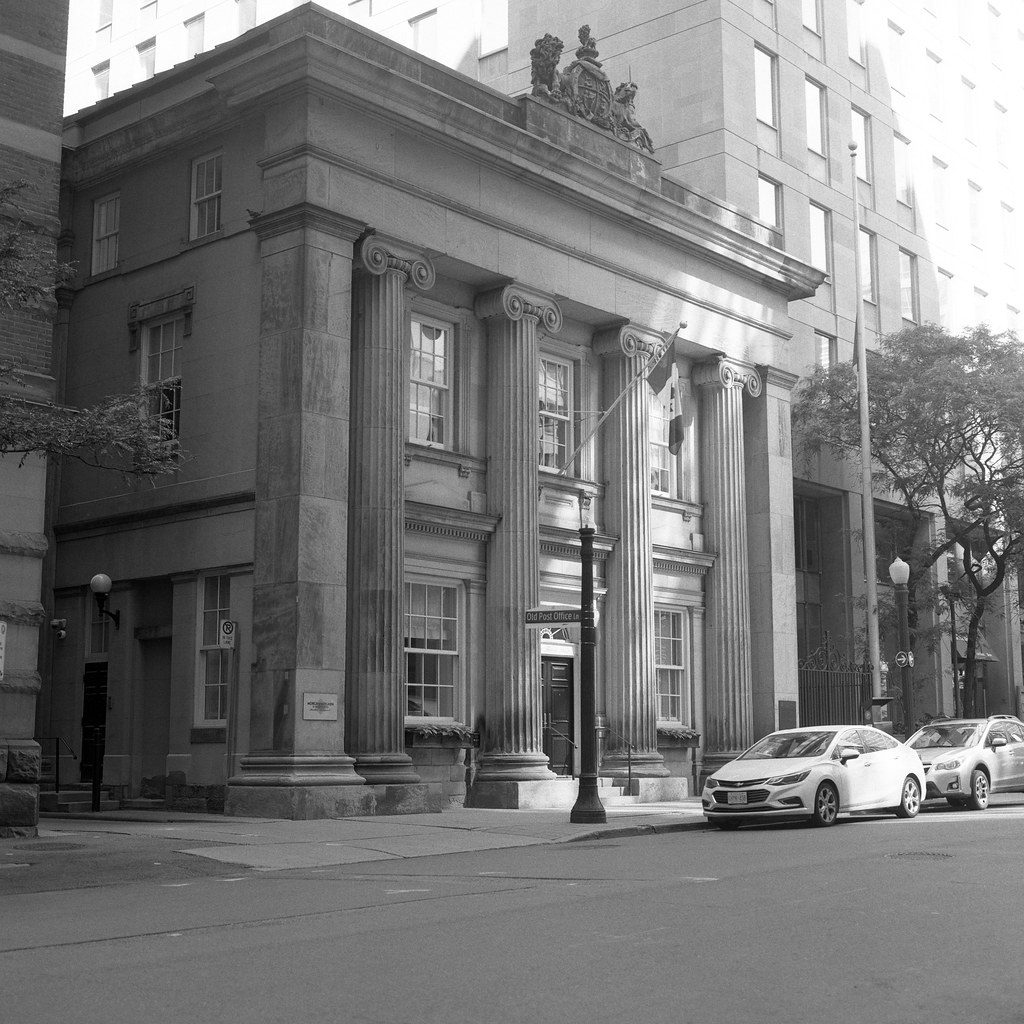
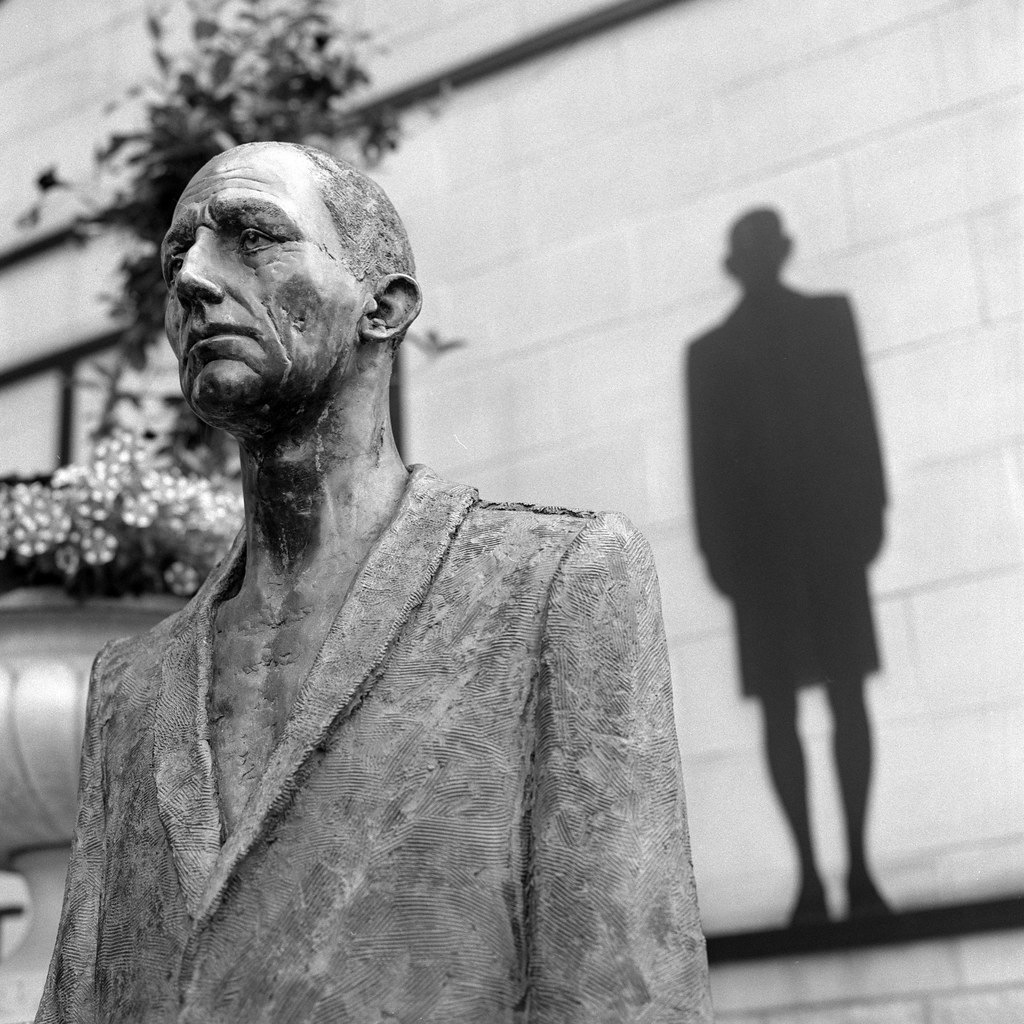
You didn’t think I would let this go without doing at least one roll in D96, and the results speak for themselves well. Again I was helped by shooting mid-morning light in an urban environment and metered with a spot meter. Everything you like about Double-X is doubled, with amazing contrast, smooth tones and tonal separation along with sharpness. The grain is still there but reduced thanks to the larger negative. And yes, it’s still my favourite.
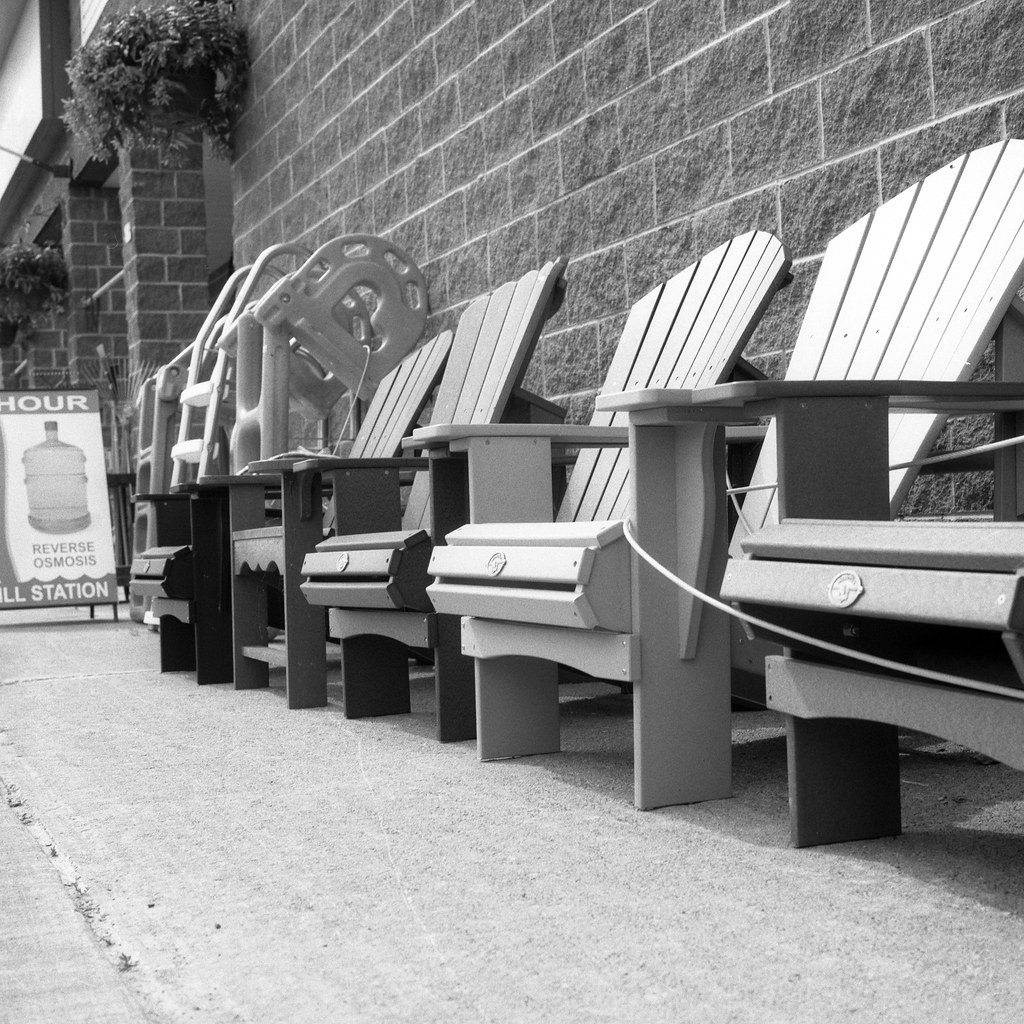



I had never done with Double-X is any over, and underexposure combined with push and pull processing. And while I still haven’t done any over-exposure combined with pull processing having a bottle of Microphen kicking around, I decided it was more than time to try a slight underexposure. Well, I say slight, I mean a stop to ASA-400 (a stop for me because generally, I shoot Double-X at ASA-200). Given the day had less than ideal light by this point, the results are awesome. I noticed little in the way of pushing that contrast up, but I also noticed little in the way of increase in grain, plus it’s still sharp. I think the combination of Double-X and Microphen is good; the next step is to try this with 35mm and shoot at box speed.
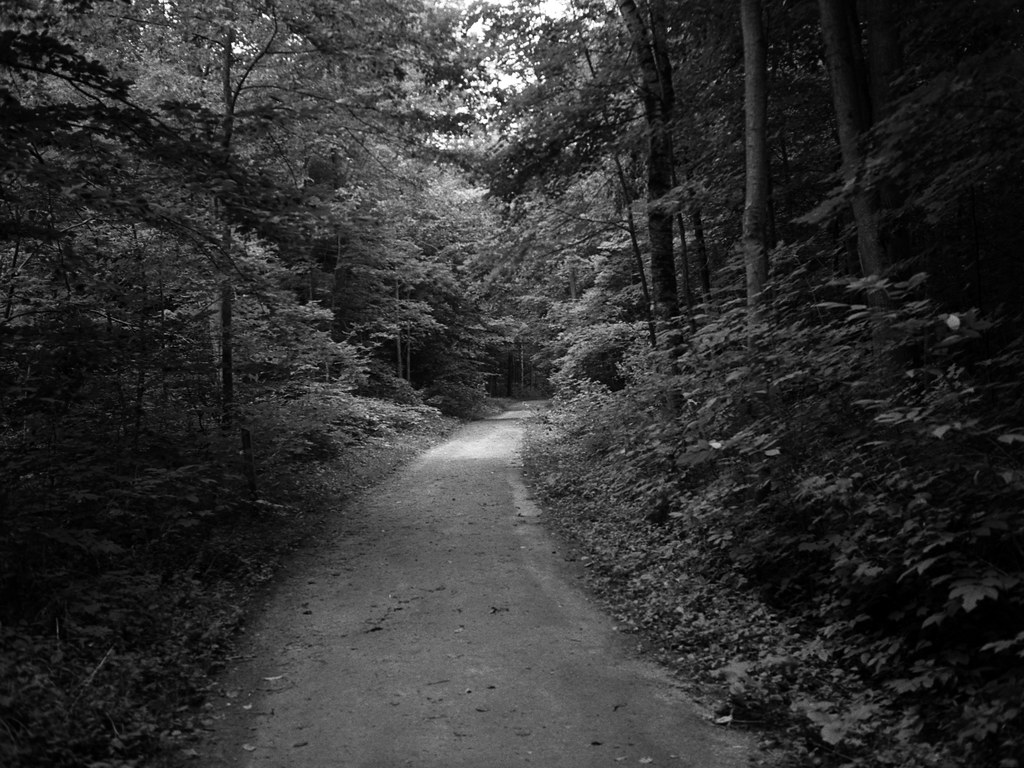

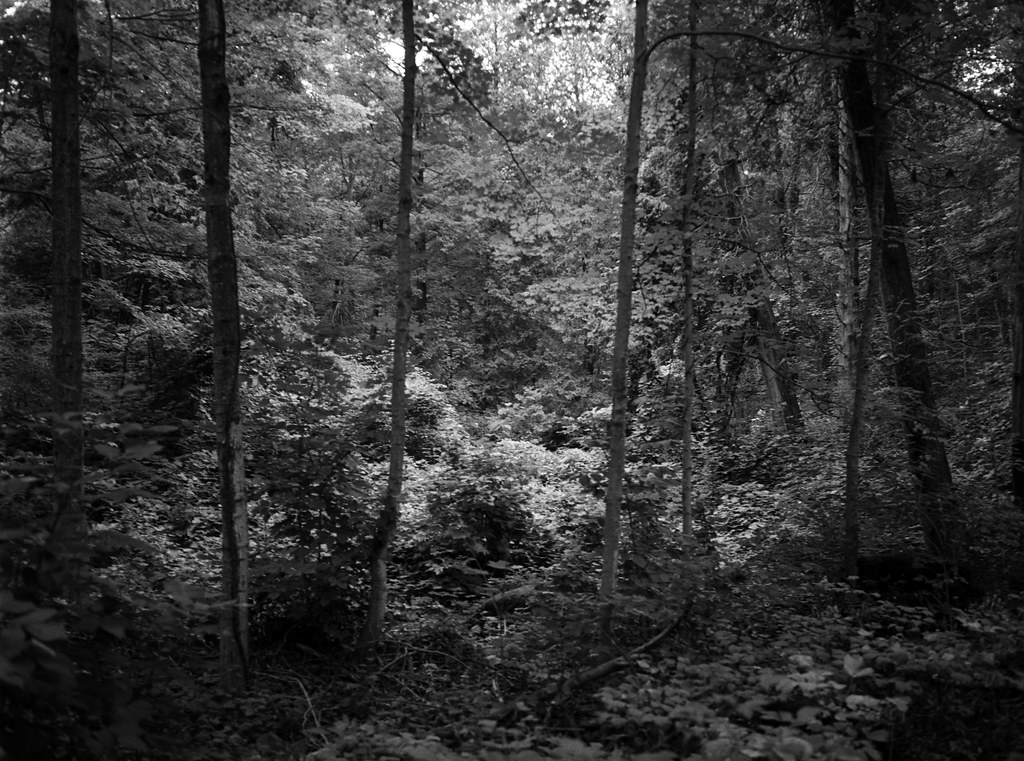

With so many people talking about how awesome Double-X is in Rodinal, I decided to run it through Rodinal for my last roll. Normally with a film like Double-X, I would go for a stand development method, but having a relatively short development time for a 1+50 dilution (nine minutes) might also give it a shot. What surprised me is how lovely the grain and sharpness turned out amazing. Plus finally got a decent bump in contrast even with using 1+50, although I’m sure you would have an even greater increase with a 1+25 dilution. Certainly a winning combination here. Double-X in 120, as with most Cinestill films, comes at a premium cost; they do have a process to get these films available to the public as they have to deal directly with Eastman Kodak, who manufactures the film. While it won’t be a regular film in my kit, but certainly will get more rolls for special trips or occasions.
1 Comment